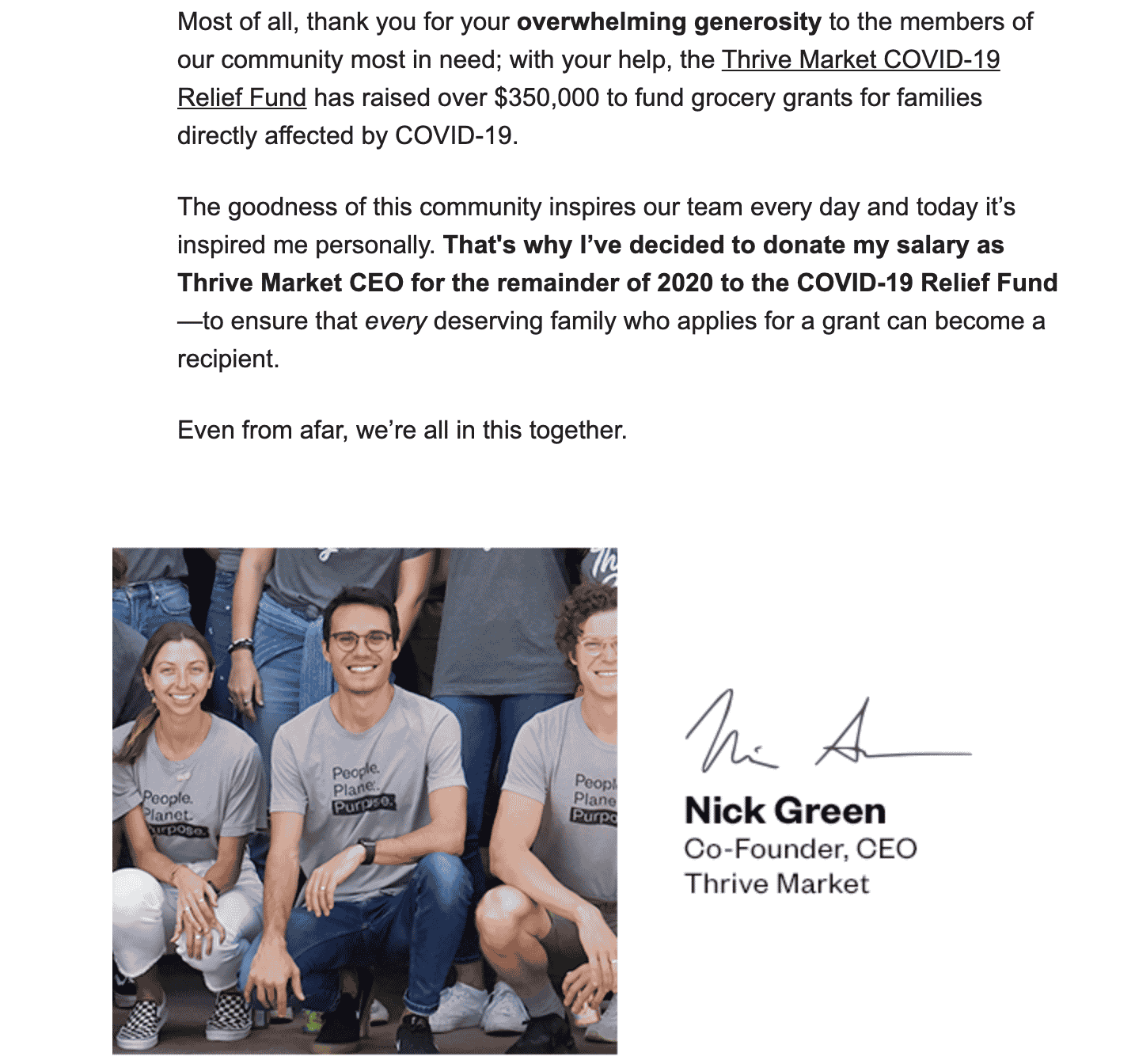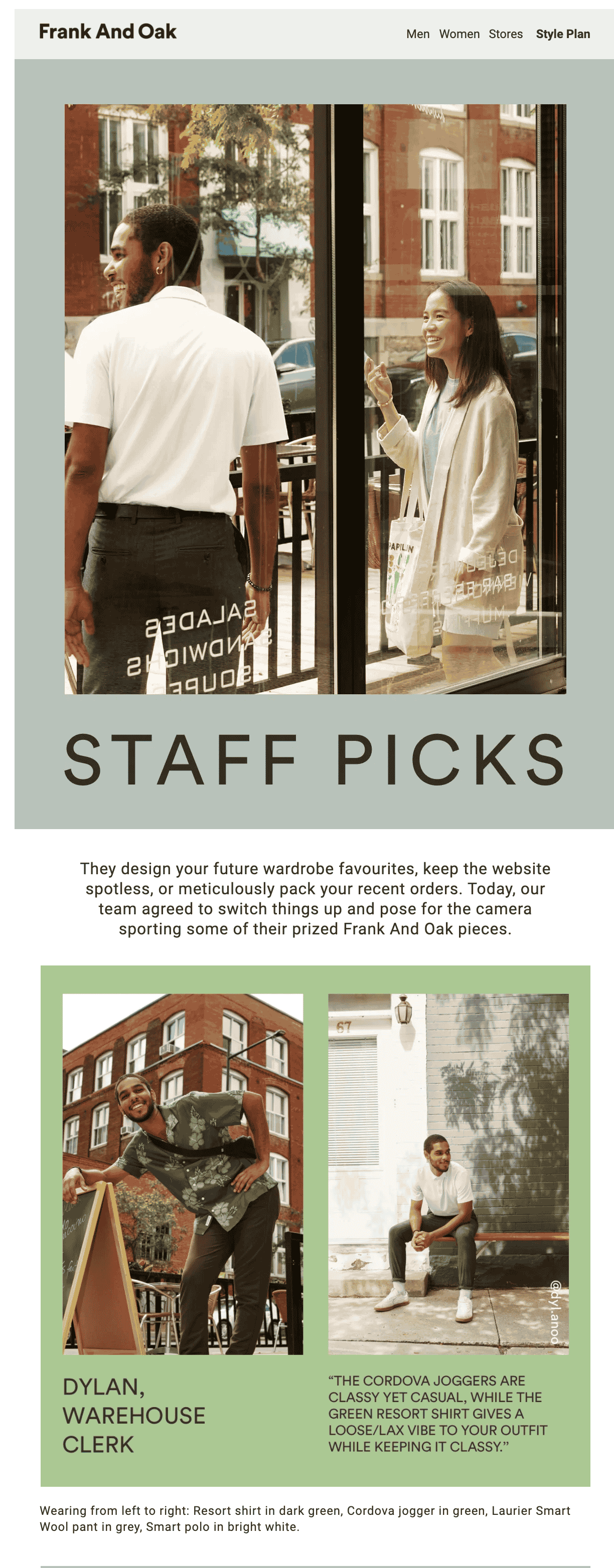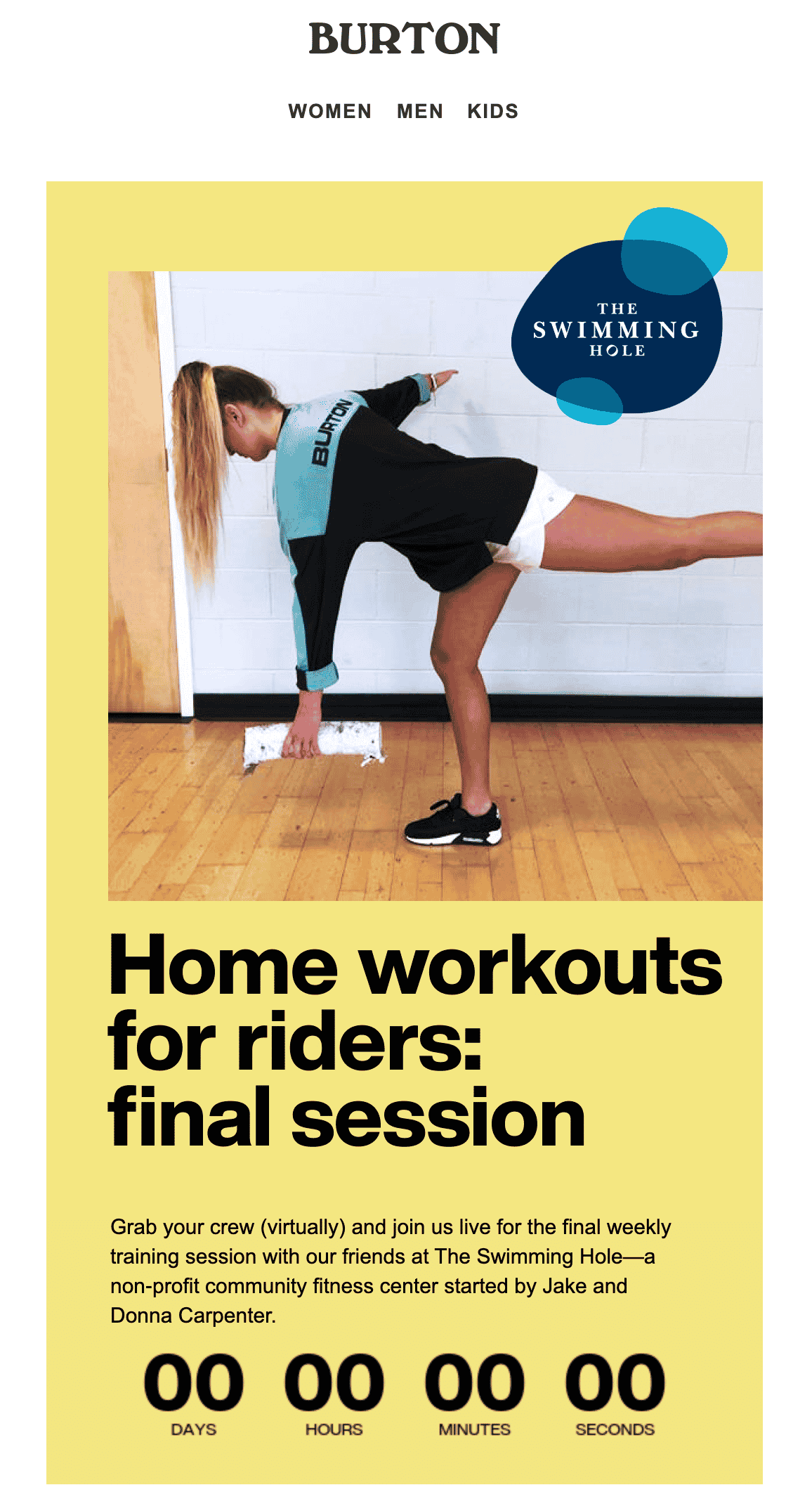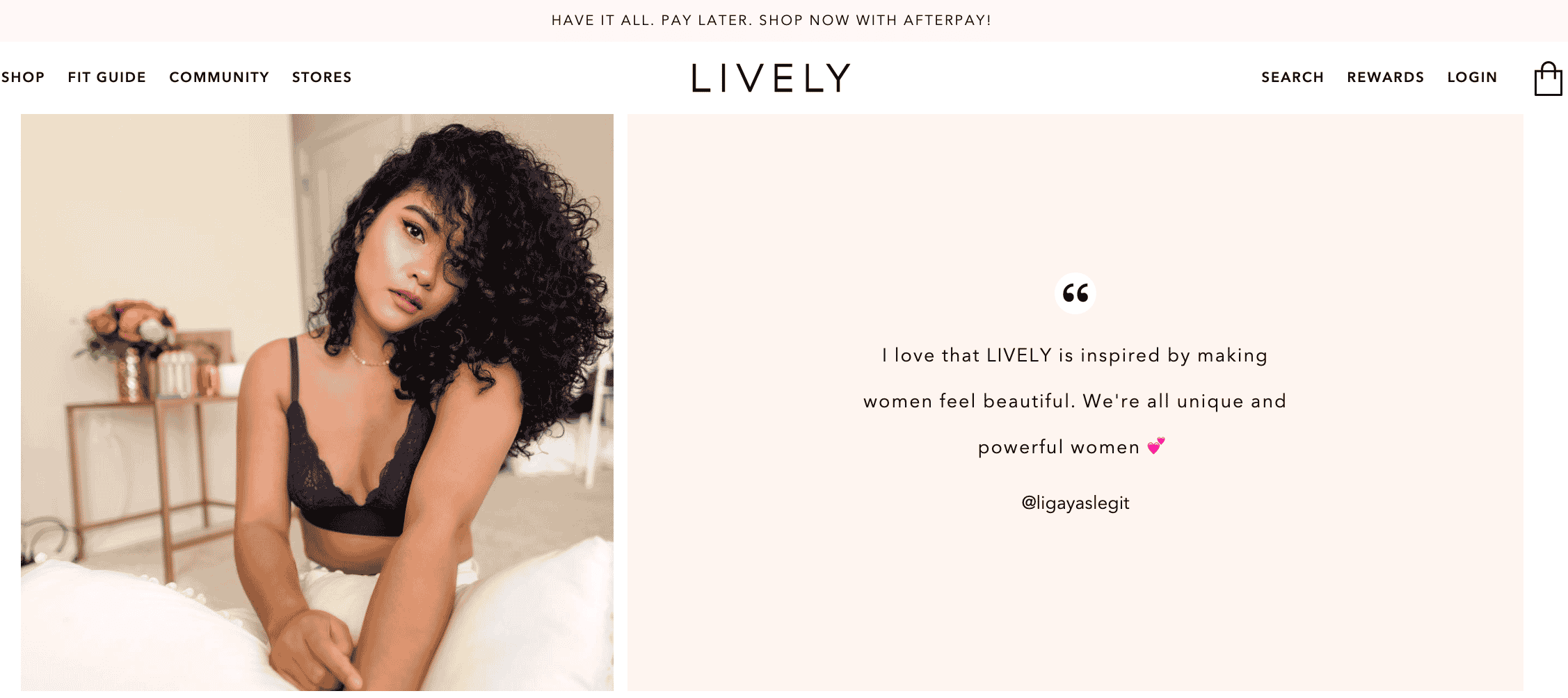Retail
4 Retail Pivots: How Brands Are Marketing With Limited Resources
September 8, 2020

In just a few short months, the coronavirus pandemic and stay-at-home orders have, perhaps forever, changed the definition of “business as usual.” As the virus upends consumers’ lives, it has also caused countless retail pivots as brands rethink the ways they connect with audiences. Traditional methods of marketing, like product photo shoots and in-store contact with customers, are on pause for the foreseeable future. However, for retailers, the show must somehow go on. Here’s how a few savvy brands are making the best of a truly bad situation.
Be Sensitive and Empathetic
It’s been a rough spring and summer for nearly everyone. Still, most consumers are getting a bit wary of getting messages of support from their gym, salon, and that wine subscription mailing list they signed up for three years ago and forgot about.
People hate empty gestures, so if your brand can think of an authentic way to join the conversation, do so. For example, during Pride month, skincare brand LUSH enlisted beauty influencers from the LGBT community to have honest conversations about both beauty, Pride, and what the two mean to them. It wasn’t necessarily centered on the brand, but it was a great way to connect with users in a way that felt organic.
When the pandemic began, Thrive Market started a COVID-19 Relief Fund. Inspired by members’ generosity, CEO Nick Green decided to donate the remainder of his annual salary to the fund. The opposite of a generic, hollow email, Thrive Market’s philanthropic initiative is exactly what consumers wanted to hear. In March, the American Association of Advertising Agencies (4A’s) surveyed 1,000 consumers about brands’ responses to the pandemic; 56% wanted to know how brands planned to support their communities.

User- (and Employee-) Generated Content Is King
When Valentino needed photographs for its latest ad campaign, the luxury fashion behemoth turned to 23 of its celebrity fans to shoot some promotional photographs from the comfort of their own quarantines. The move was an attention-grabbing way to show off their brand even as stay-at-home orders make product photo shoots impossible for the foreseeable future.
And while most brands don’t have quite the star-power enjoyed by Valentino, user-generated content is a great way to show how much your own dedicated fans love your brand, and more importantly, how they’re using your products during lockdown. The key to crowdsourcing content is monitoring your mentions. Use social listening to see what fans are already posting and engage them. But be transparent — nothing breeds criticism faster than brands who misuse or use without crediting UGC. Make sure your customers know exactly how their posts will be used and shared.
Successful retail pivots entail making the most of what you’ve got. This is epitomized by another form of UGC: EGC, or employee-generated content. Frank And Oak uses its team members as brand ambassadors, showing off their favorite items.

Category-Wide Retail Pivots
Adversity breeds innovation. Many recent retail pivots have been born from brands reconfiguring their business models given the shift in consumers spending habits. That could mean an unlikely celebrity partnership that helps drive traffic and contributes to a good cause. Or these retail pivots can be larger and category-wise, albeit temporary, because consumers aren’t buying or using your core product offerings at the moment.
Bain & Company projected that luxury sales could fall as much as 60% as a result of the pandemic. High-end retailers like MATCHESFASHION and The RealReal‘s retail pivots focused on relaxing WFH wear and comfortable sneakers for daily walks. Meanwhile, Burton specializes in ski and snowboarding equipment, which wasn’t usable during stay-at-home orders. Instead, the retailer spent the spring focusing on sustainable rain clothing and rain jackets, neckwarmers that can be used as masks, and virtual workouts for riders so they can be in tip top shape when they’re able to hit the slopes again.

Making the Most of Social Media
The numbers show that users are online more than ever. According to Social Media Today, Facebook usage is up 27% right now, with YouTube and TikTok report 15% increases in usage. And those users aren’t just scrolling; they’re shopping, too.
How can you convert those followers beyond staying consistent with social media posts? Underwear brand Lively is one retailer that’s seen success with Instagram Live. Lively launched a live events series that resulted in a 100,000-member customer ambassador program. The brand also reports that its Instagram Live initiative has led to an observable boost in sales.
However, live virtual events aren’t a one-off attraction. The space is incredibly crowded right now, so live events should be consistent and have a clear purpose and value. Live events aren’t sales pitches or messaging campaigns. Instead, they are a way to connect with audiences on a personal level that brightens some, let’s face it, pretty boring days for many people.

Retail marketing during the pandemic is a tightrope. Brands still need to get their message out while remaining sensitive to the toll the pandemic is taking on customers. Finding authentic, useful, and hopefully even fun ways to connect is key to retail messaging in a truly precarious time.
The State of Brand Loyalty in the U.S. in 2023
Related



